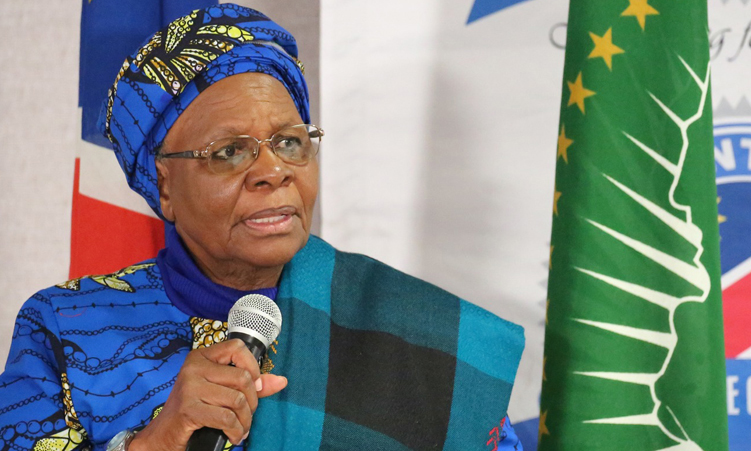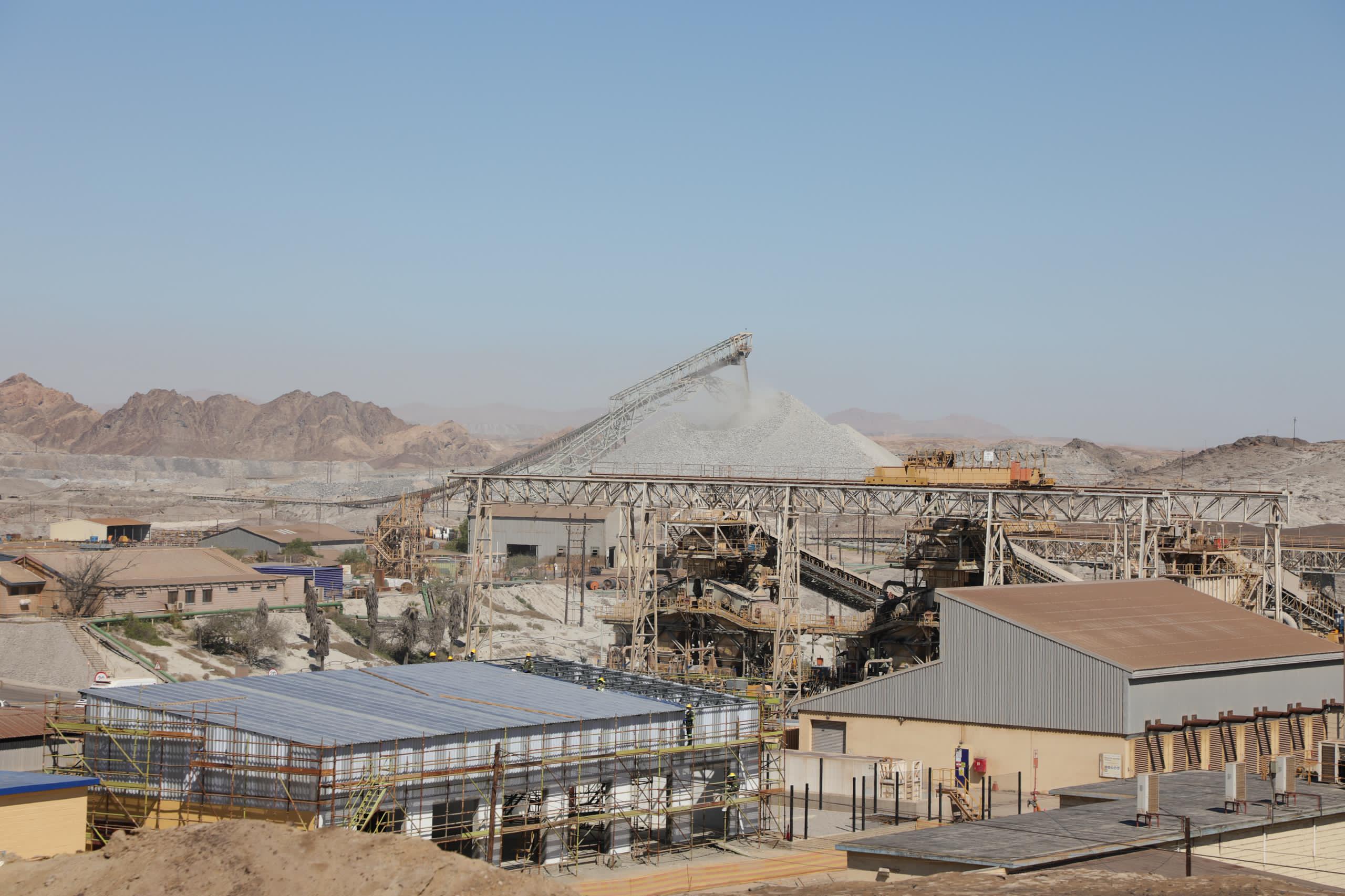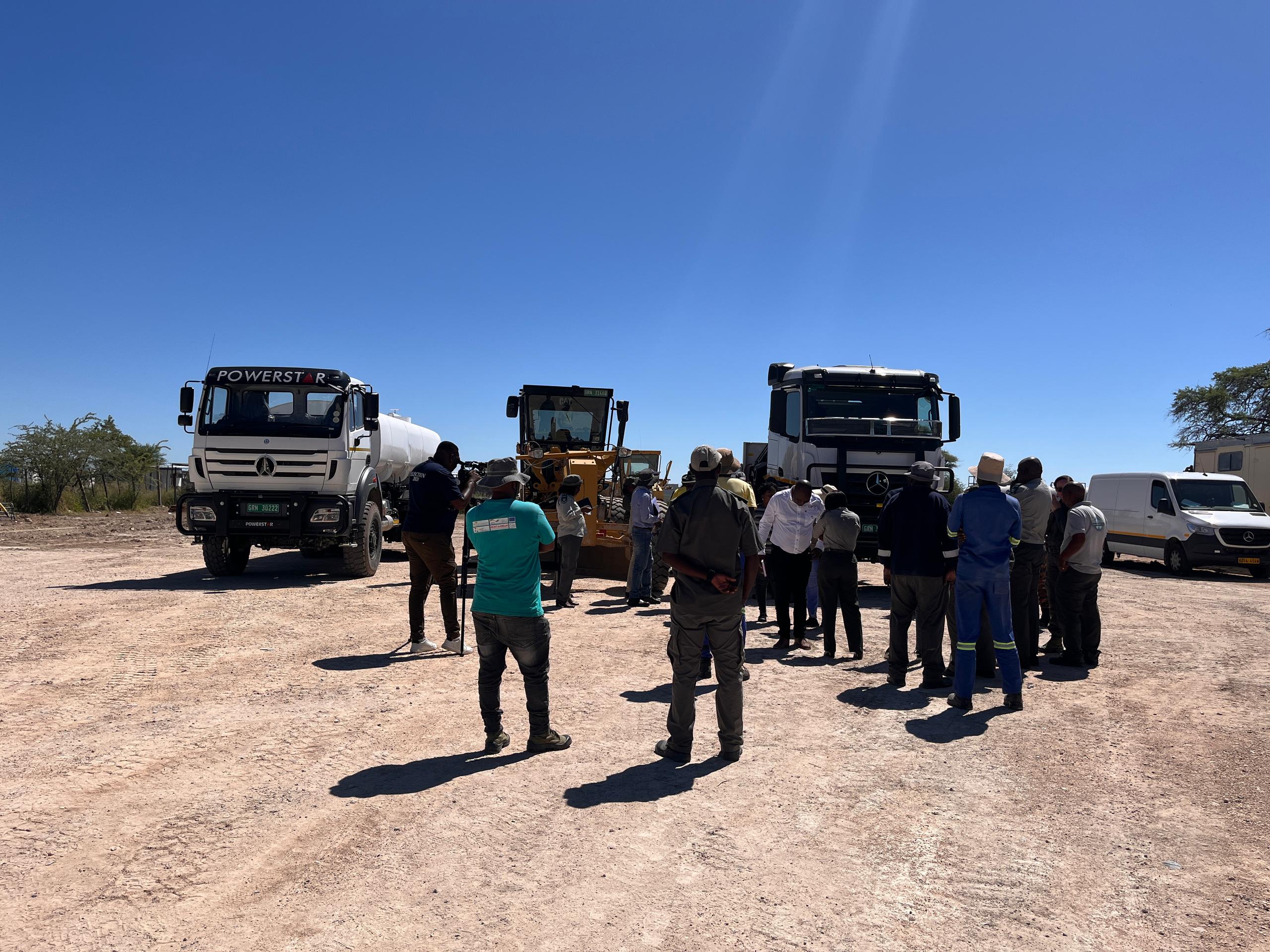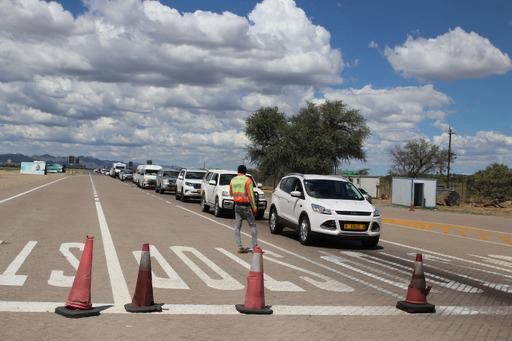No Namibian can dispute the fact that if it was not for our third president, Hage Geingob, we would not be hosting this important meeting.
He passionately drove this green hydrogen and green industrialisation initiative.
Indeed Namibia is honoured to have been chosen to host the Global African Hydrogen Summit. I have been informed that over 1 000 delegates from all corners of the globe are expected to attend.
Allow me therefore to on behalf of the president of the Republic of Namibia, Nangolo Mbumba, to welcome you to Namibia. Please be assured that it is our distinct pleasure to have you here, and we hope you get to enjoy the best Namibian open space and the warm hearts of our people.
The subject matter of green hydrogen and green industrialisation has captivated the minds of many over the past three years. Since independence, Namibia has made it a strategic objective at the highest levels in government to industrialise our economies in a sustainable and competitive manner. In fact, environmental protection in Namibia is not only a natural responsibility but a constitutional obligation.
This goal has been clearly articulated in our Vision 2030, and strategically reinforced in subsequent National Development Plans since 2004, as well as the Harambee Prosperity Plan. Importantly, this objective is shared with our continental peers and has been captured in the Africa Agenda 2063, ‘The Africa We Want’, where many African states recognise the interconnected nature of our economic and environmental ecosystems.
The utilisation of abundant renewable energy potential to produce hydrogen, which can be used as a fundamental building block for hard to abate sectors, has emerged as a promising means to combat climate change, while also offering an important developmental pathway. This concept is worthy of detailed study and research, and Namibia is investing its fair share of intellectual space towards this pursuit.
According to our recently launched Green Industrialisation Blueprint, these sustainable new industrial complexes may offer compelling opportunities to create new jobs, diversify our economic output, and even augment our electricity and clean water production.
However, like all industrial complexes of significant scale, careful attention needs to be paid to their potential footprint on our precious flora and fauna. Namibia is committed to ensuring that a fair balance is struck between economic development and ecological preservation.
It is encouraging for me to witness such a diverse gathering of brilliant minds from around the world that have convened here to help us curate rich conversations on these vital topics. Namibia offers a rich and welcoming environment that is well suited to host an impactful green industrialisation ecosystem.
To give you a brief synopsis of why I say so, Namibia has rich deposits of the minerals required to build clean industries, such as critical rare earth elements and lithium. We also help our Zambian neighbours trade their copper, a key ingredient for sustainable industries, with global markets.
We have some of the best wind and solar resources in the region, close to our well-developed port and rail infrastructure, and we have plans to expand that infrastructure to facilitate even broader trade in low-carbon goods between our regional neighbours and our global customers.
Lastly, we have the space, a progressive immigration system, and a young and developing workforce which makes Namibia an ideal location to house some of these new and emerging industries.
In a nutshell, Namibia is open for business that would have a meaningful impact on our development as it benefits the investor. Therefore, you are all welcome to explore all the possibilities.
While Namibia has a lot to offer, our neighbours from around the continent have made remarkable progress in this space as well. I congratulate Egypt’s Fertiglobe, which was the first recipient of the H2 Global tender for green ammonia, securing an off-take price of €1 000 per tonne delivered to the port of Rotterdam.
Mauritania’s cabinet has just concluded its legislative draft, which has been submitted to its parliament, cementing efforts to incubate a synthetic fuels industry.
Kenya has made significant progress in its plans to establish a local fertiliser industry using geothermal power as a renewable source of power to be used to produce green hydrogen. We are thus assured of a rich and engaging dialogue in the days ahead.
Before I conclude, I would like to pause here to thank the organisers, DMG events, Vasco da Gama energies, our very own Namibia Investment Promotion and Development Board, and the Namibian Green Hydrogen Programme for their tireless collective efforts to help us deliver what promises to be a fruitful summit.
I am excited about what lies ahead of us. I am particularly looking forward to visiting the innovation centre, where I expect to meet some of the 100 young people who have received complimentary passes to this prestigious summit.
The youth are the assets we have in Namibia and Africa.
I commend the organisers for this well-thought idea as the youth are critical enablers of this transformative industry.
Without further ado, please allow me to wish you all a very productive summit, and I look forward to receiving a synthesis of the dynamic discussions you are sure to have over the course of the next two days.
Wishing you a rewarding stay in our country, the Land of the Brave. – Vice president Netumbo Nandi-Ndaitwah at the Global African Hydrogen Summit in Windhoek on 4 September
Stay informed with The Namibian – your source for credible journalism. Get in-depth reporting and opinions for
only N$85 a month. Invest in journalism, invest in democracy –
Subscribe Now!










